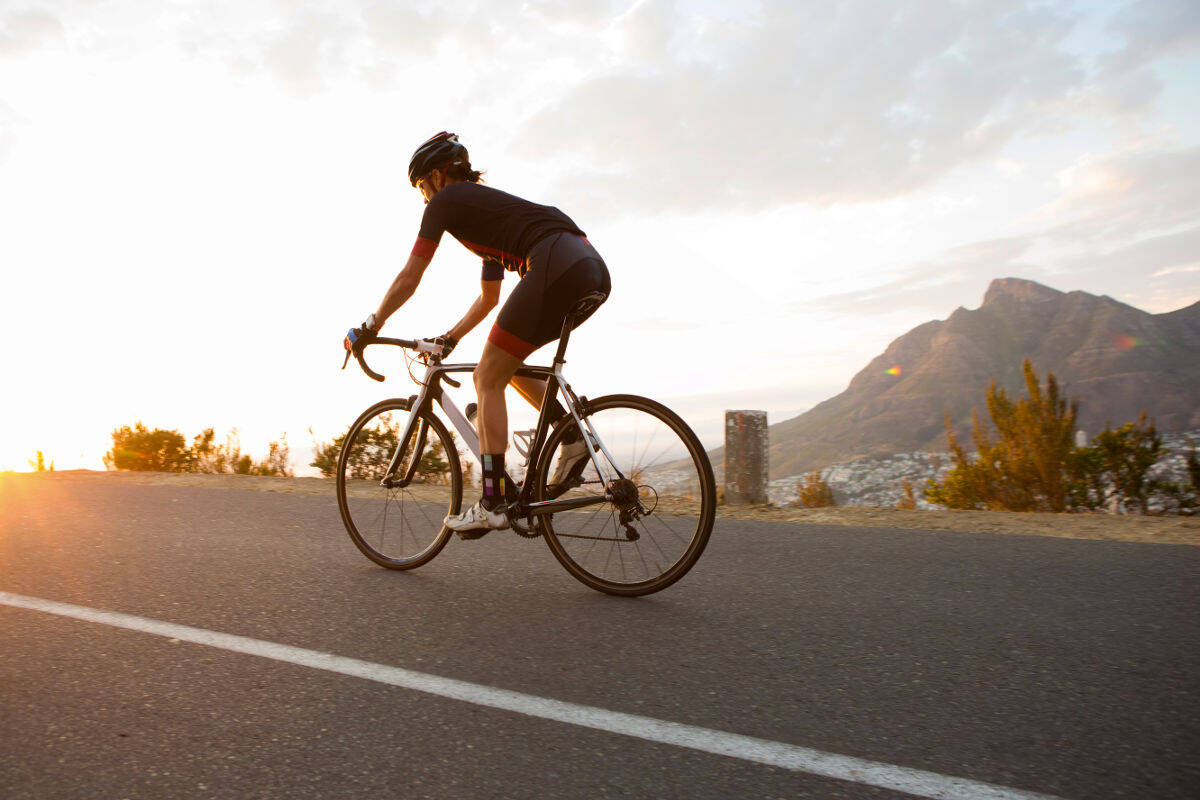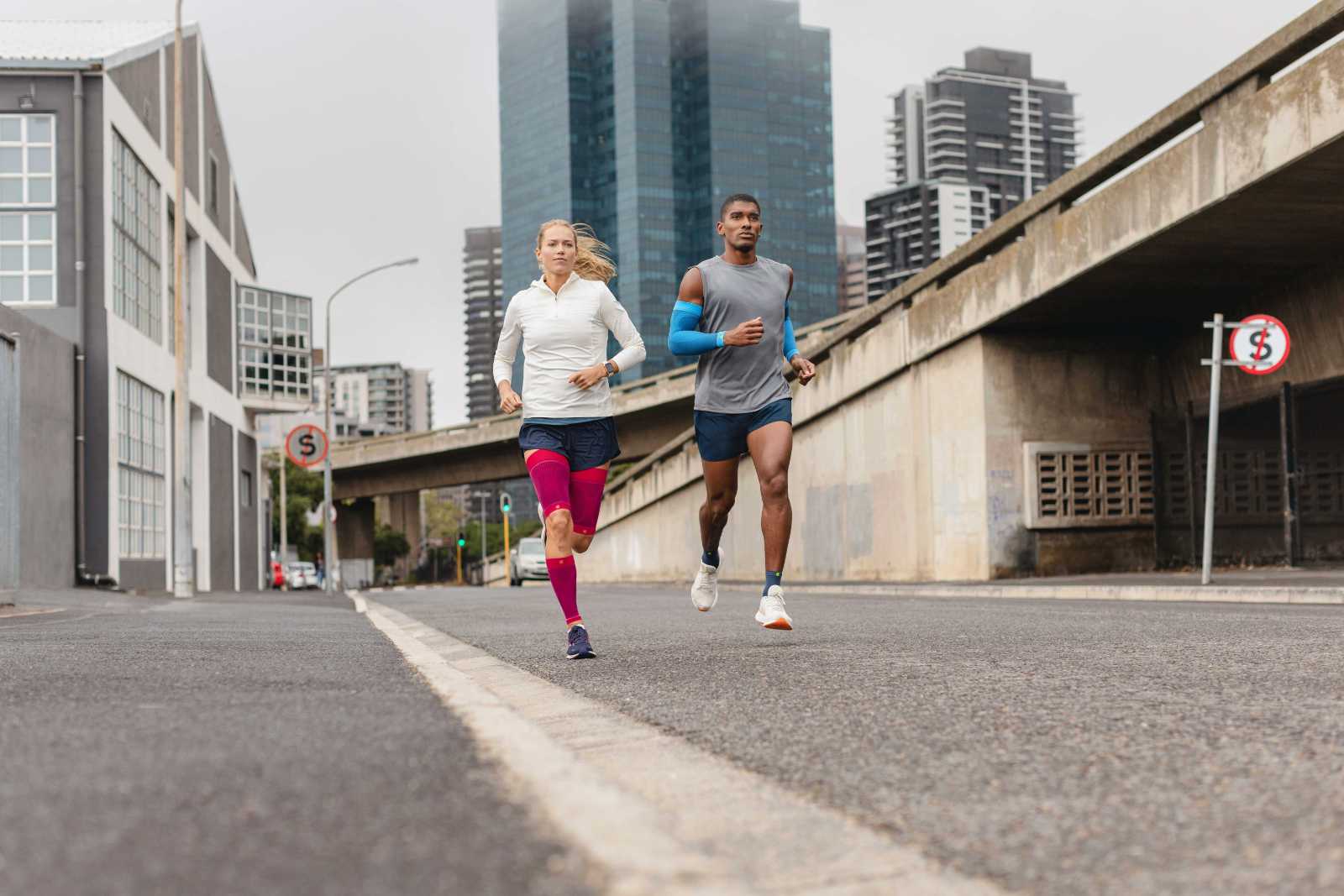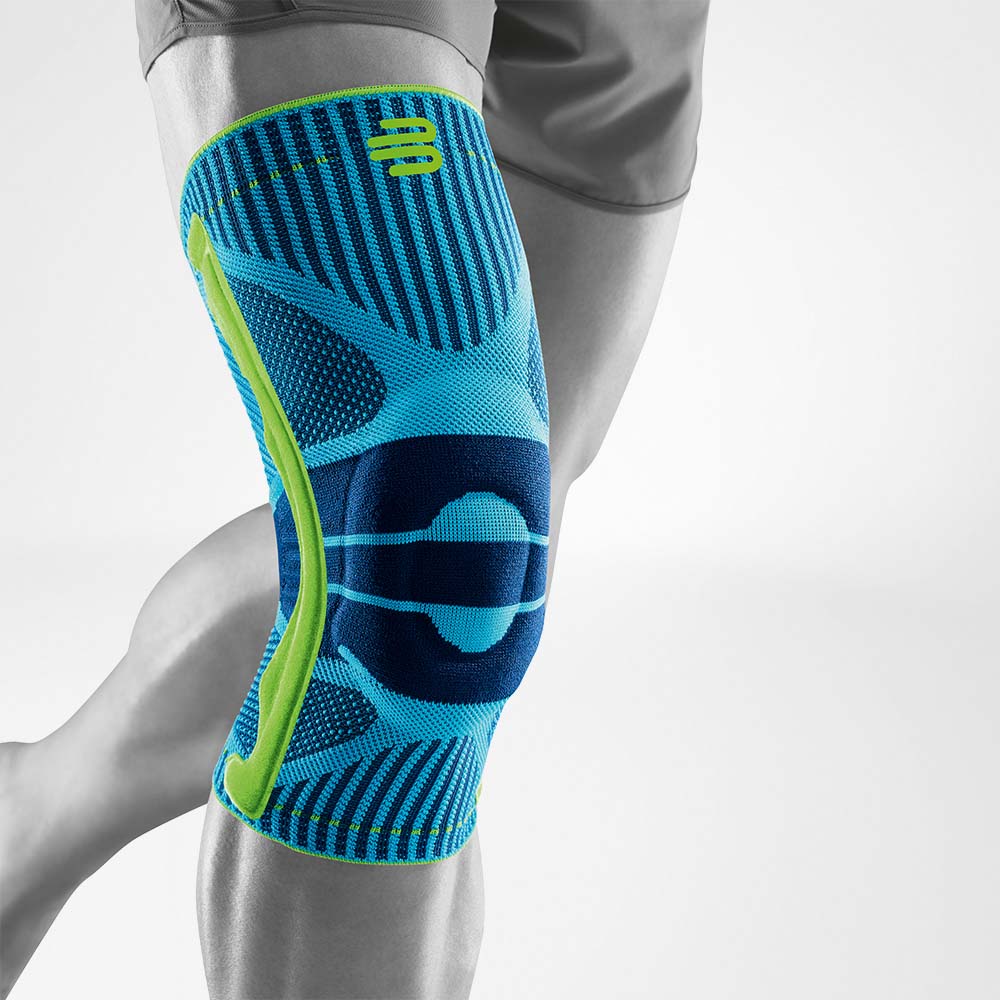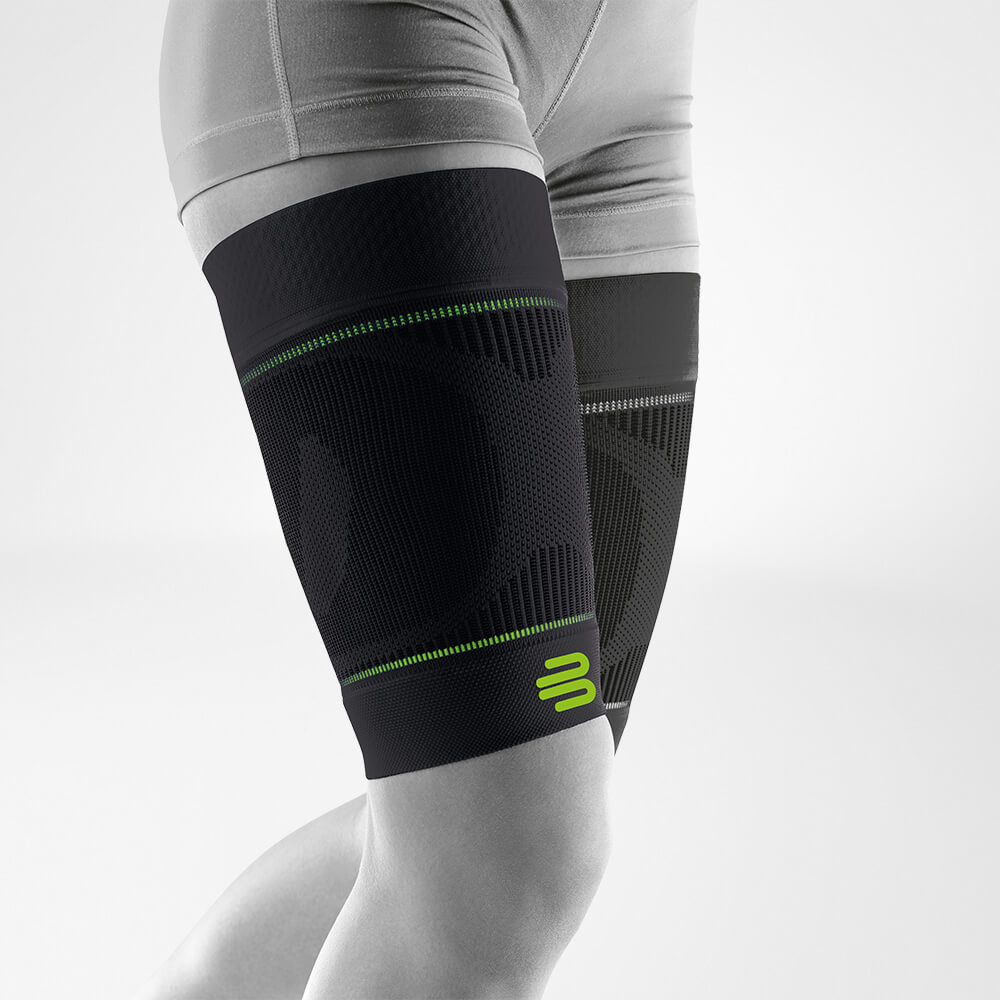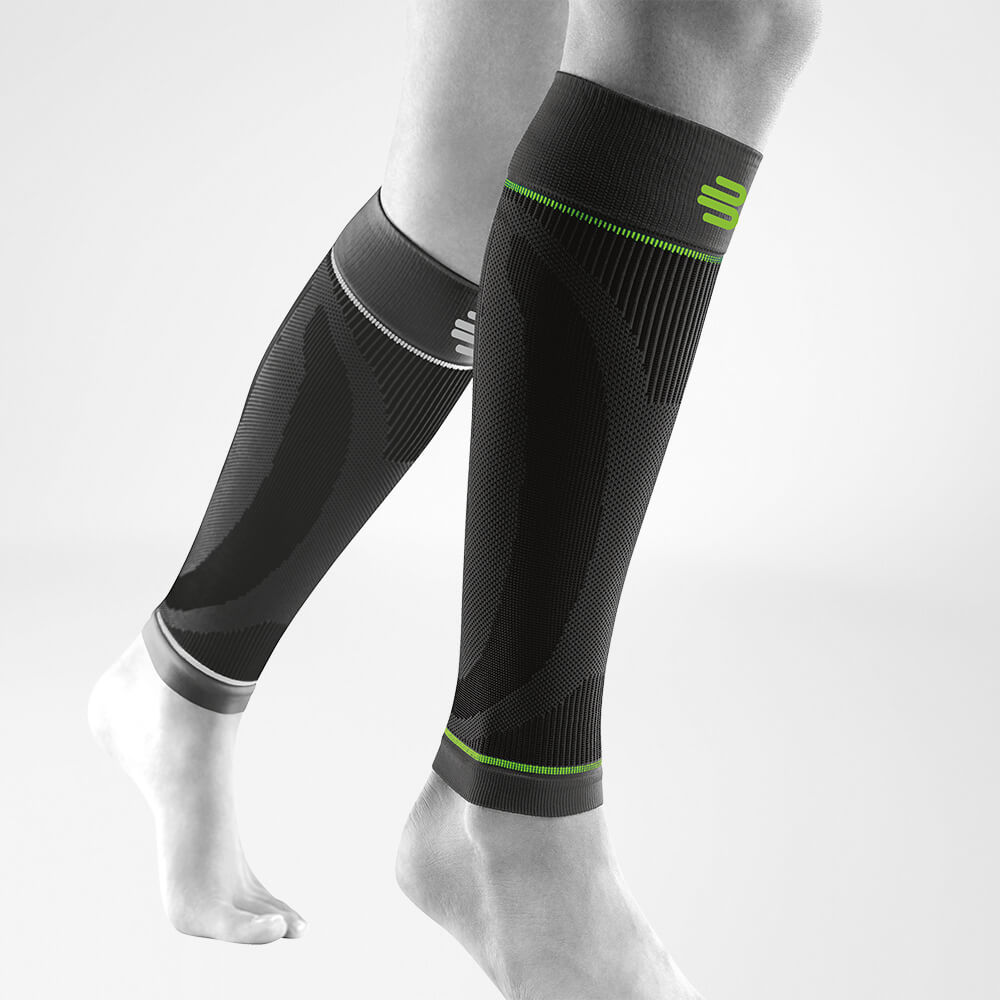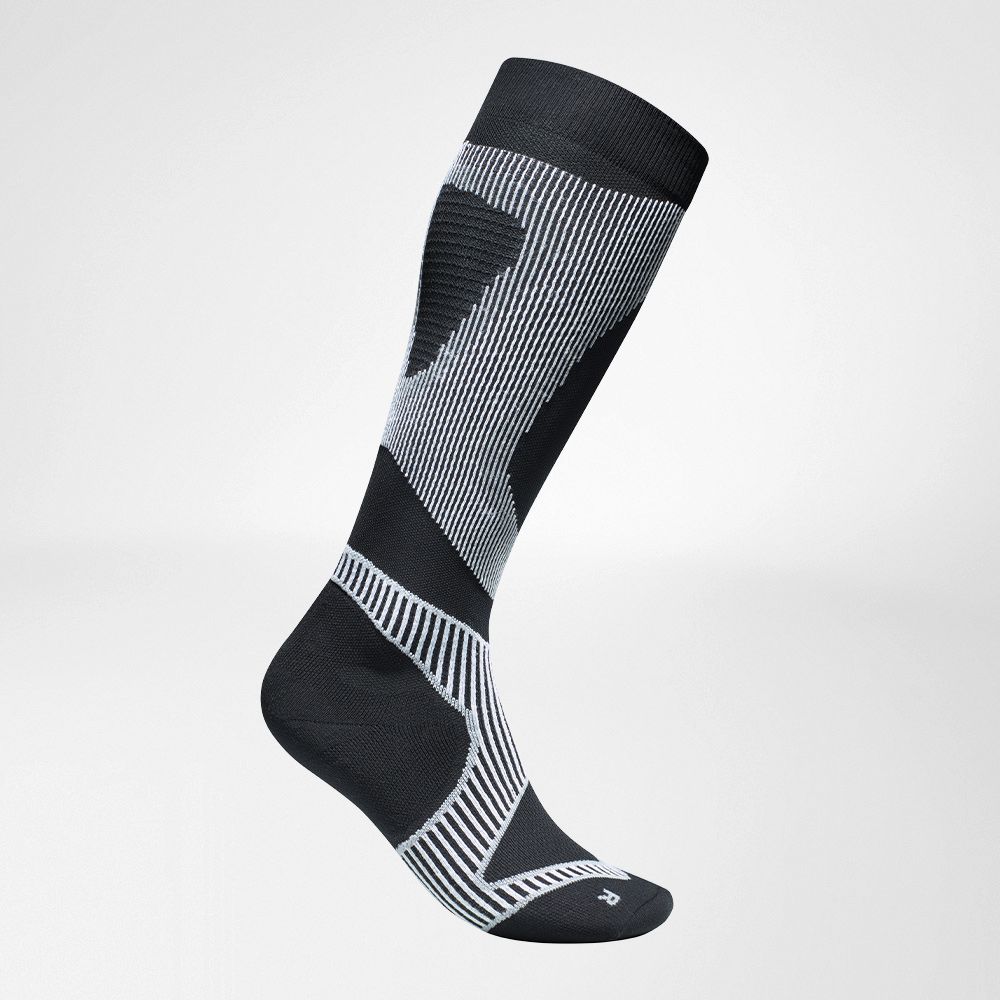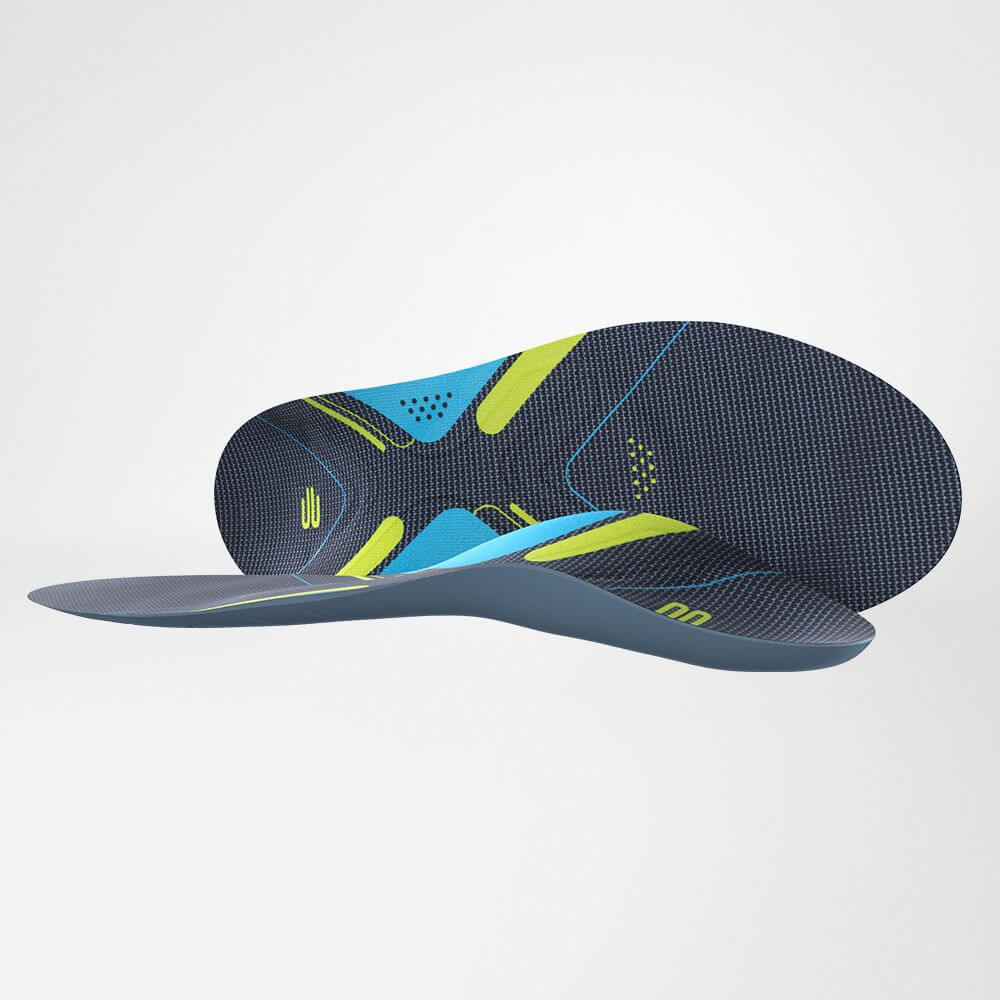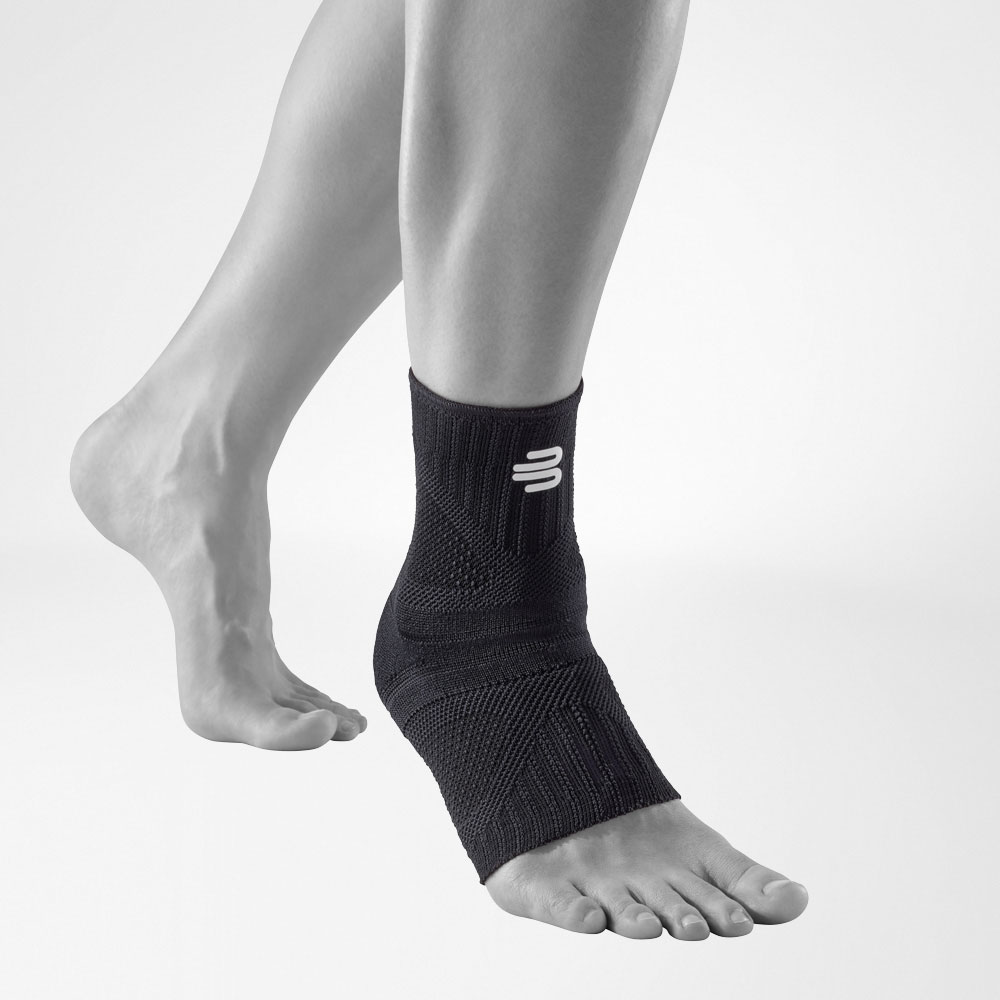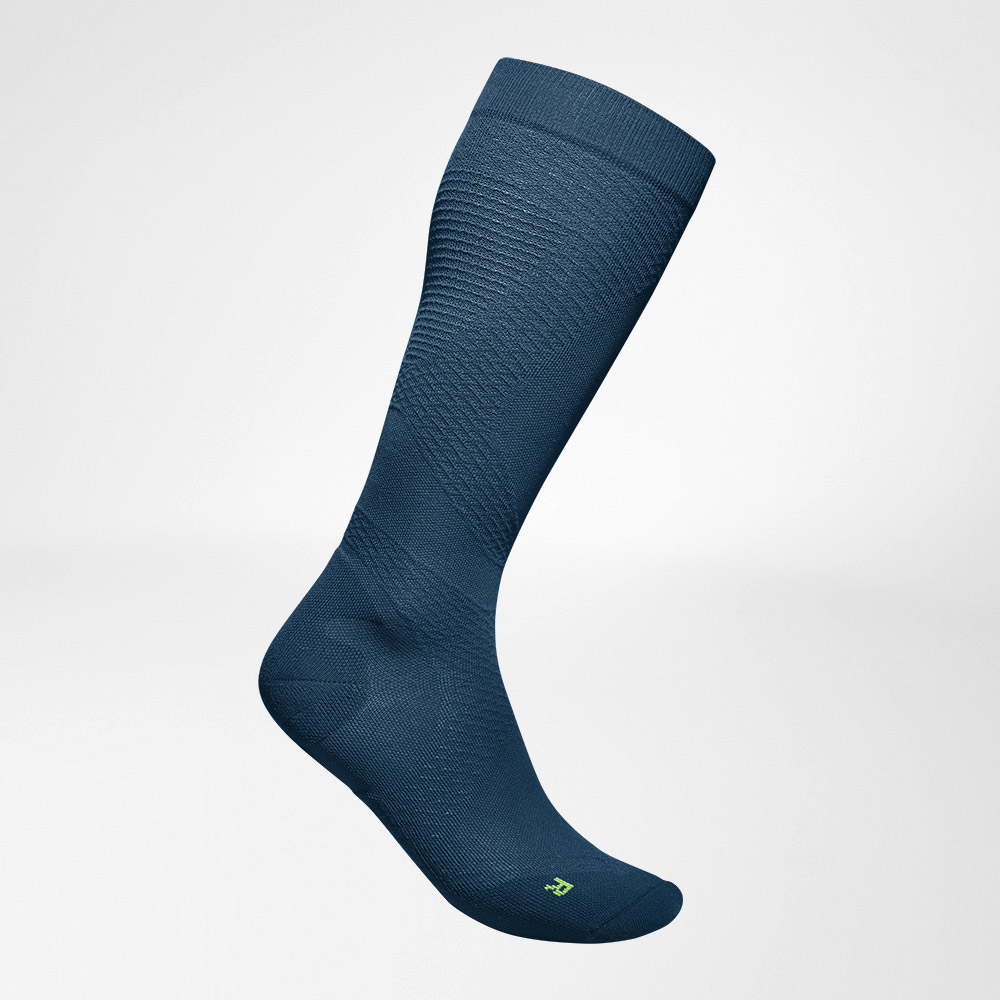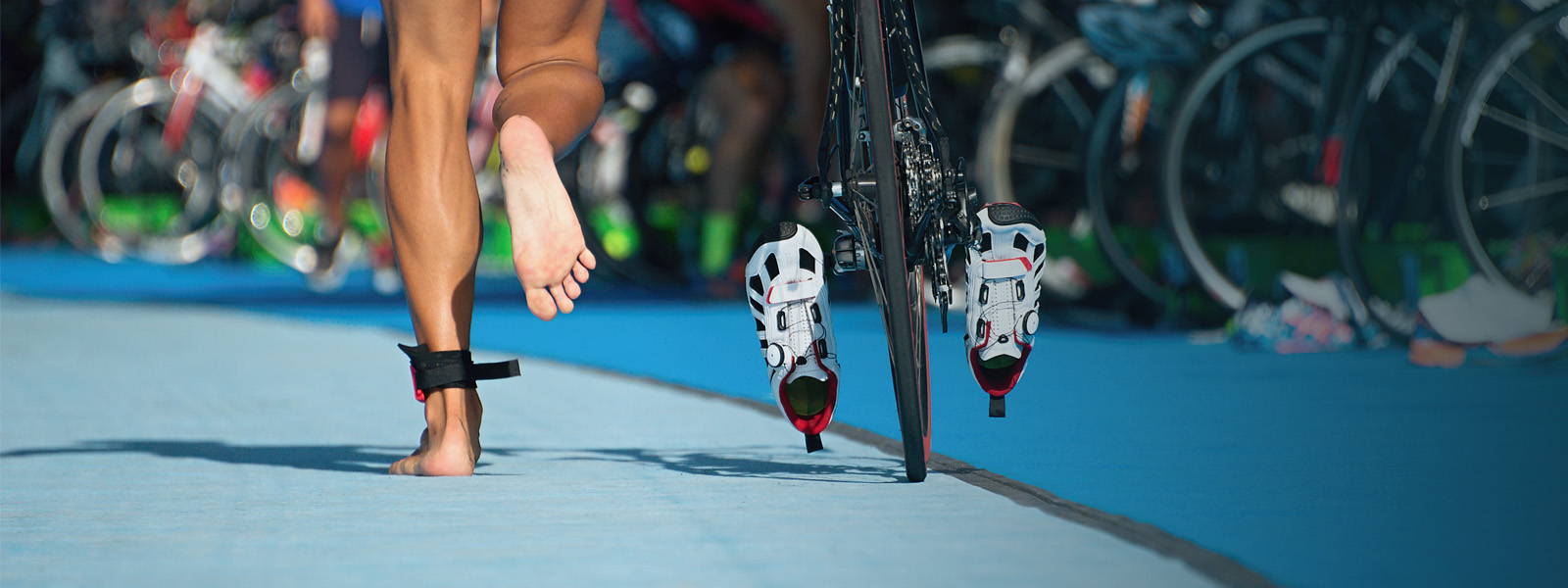
Triathlon
Triathlon training: Regenerate better, become even faster
Triathlon training: How to regenerate even better
Swimming
The middle triathlon discipline is also the longest. At least 20 km are spent in the saddle during a competition. In the long distance it is even 180 km, in ultra triathlons considerably more. A steady pedal and the most aerodynamic position possible on the bike are crucial for a good time in this discipline. Our Upper Leg Compression Sleeves support the thigh muscles in supplying oxygen to the muscles and the return of venous blood - so that you can concentrate fully on the course.
The "crowning" finish of every triathlon. The distances range from 5 km to a marathon (42.195 km). On the run, the body draws on the last available energy reserves, which need to be replenished with nutrients and especially carbohydrates during the run. In addition, compression clothing such as our Compression Sleeves Lower Leg helps to improve blood circulation and oxygen transport and thus actively prevents muscle soreness and cramps.
And after triathlon training?
Immediately after the end of training and competition, the energy reserves are exhausted, but before you rest, you should pay attention to a few things:
- The so-called "open-window phenomenon" makes the body much more susceptible to bacteria and viruses immediately after sporting activity. So get out of your wet clothes and into dry, warm ones.
- With a "cool down", e.g. loose running or cycling on a roller, the body can better break down waste products such as lactate.
- Compression garments such as Compression Sleeves Arm after swimming or Compression Socks Run & Walk after running or cycling support the cool down. The compression supports the muscle pump and the lymph vessels from the outside. This supports the return transport of blood to the heart, metabolic products are broken down and more oxygen-rich blood reaches the muscle.
- Stretch after the cool down. This prevents hardening in the muscle and can increase the mobility of joints, tendons and ligaments in the long term.
- Cold, for example through cold baths, counteracts inflammatory processes in the muscle and accelerates recovery. Caution: This is only really useful up to a maximum of half an hour after exercise, so it is best to prepare everything before training.
- Eat: After endurance training, the glycogen stores are empty and the muscle tissue is partially destroyed by micro-traumatisation. You should therefore eat a meal rich in carbohydrates and protein no later than two hours after training.
- If you are already lying down, light massages or the use of a fascia roller are also good ways to relax the muscles.
If you regularly take some of these measures to heart, regeneration after long training sessions will improve noticeably and you can go to sleep with peace of mind. Speaking of which: sleeping also plays an important role in regeneration. Numerous build-up and repair mechanisms take place at night, also in the muscles. In addition, new knowledge is anchored, including new motor skills. Seven to eight hours should therefore be enough.

